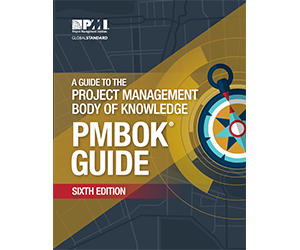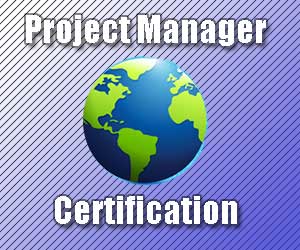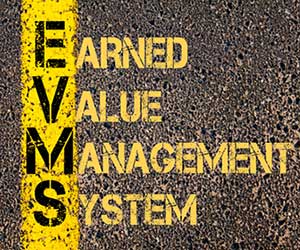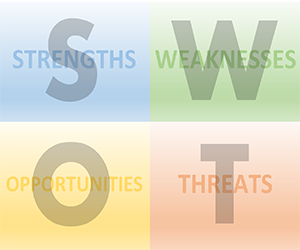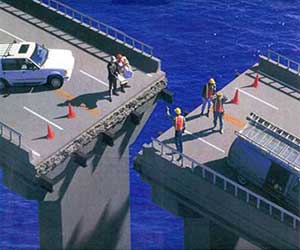Project Integration Management According to the PMBOK
Unlike most of the project management knowledge areas, which deal with a specific area of expertise of the project manager, the Project Integration Management knowledge area is something of a catch-all, containing many of the everyday actions of a project manager. It is the glue that holds the project together.....
Tips for Work Breakdown Structures
Project Management is like fixing a car - you must break it down into parts. You won't find the problem if you can't isolate the defective part, and you can't fix the problem if the defective part is not separated from the main engine. A Work Breakdown Structure (WBS) represents this division....
Knowing Your Project Stakeholders
A common problem we used to have on many of our projects was with a certain regulatory body. They were very slow, and you never knew how long the project would be delayed before they even began their review. The frustrating thing wasn't even so much when they came back....
Project Management Certification
So you want to be certified as a project manager? Certification has many benefits, such as: Promotion Higher pay Recognition Whatever your reasons for pursuing certification, there are several different types of certification you could choose to achieve your goals. These fall into the following two basic categories: Project Manager.....
Project Risk Checklist
Identifying risks is a central component of project risk management. Risks are identified using various methods and placed into a risk register. The risks are then analyzed and prioritized, and appropriate risk response plans are drawn up. I would like to update this list and keep it current, so if you....
TCPI (Earned Value Analysis)
The To-Complete Performance Index represents the efficiency level, specifically the CPI (Cost Performance Index) that will make the project finish on time. It can be a powerful indicator because it is generally easy to ascertain if your people will be as productive as the indicator tells you. There are two....
Performing a SWOT Analysis
In August 1805, Emperor Napoleon fought what was arguably the most important battle of his military career. In a brilliant display of strategy, he devised a system of matching his strongest soldiers with the enemy's weakest, in a move that students in military colleges still study today as the Ulm....
Overview of Project Management Organizations
There are three project management organizations who define the profession of project management: Project Management Institute (PMI) International Project Management Association (IPMA) Axelos Project Management Institute Based in the United States, the Project Management Institute is seen by some as the main official source for project management standards, certification, and promotion of....
How to Draw a PERT Chart
The Program Evaluation and Review Technique (PERT) is an important step in project scheduling. PERT charts are a central part of any project management course. They are quick to draw and intuitive to use. How to Draw a PERT Chart There are two rules: Tasks (activities) are represented as arrows....
Planning for Project Quality
Project quality is a unique aspect of project management. The stakeholders are disappointed if the project does not meet the minimum quality standards, but achieving more than the standard is a waste of project resources and money. On top of that, the minimum quality standards are often difficult to define and....
